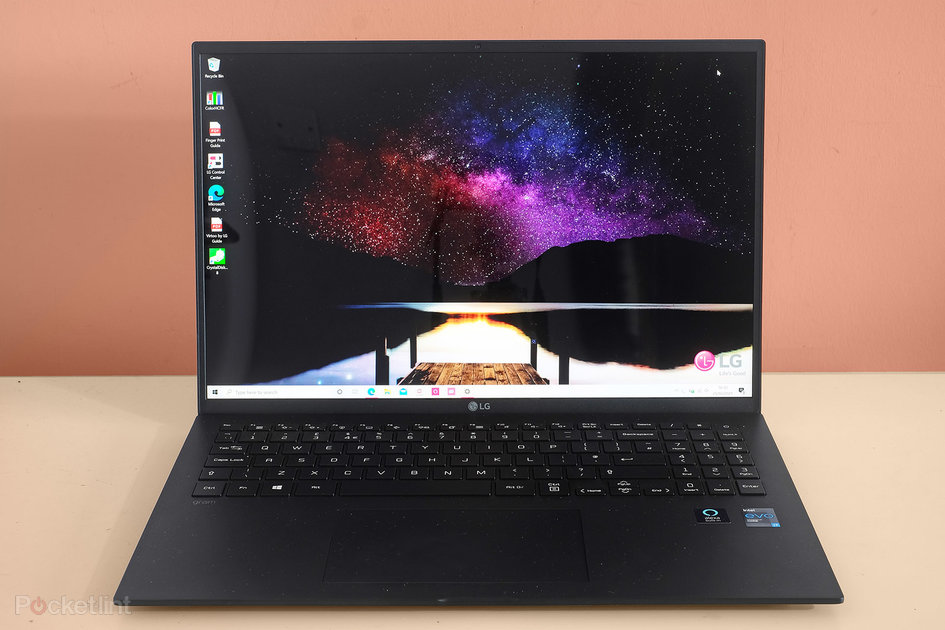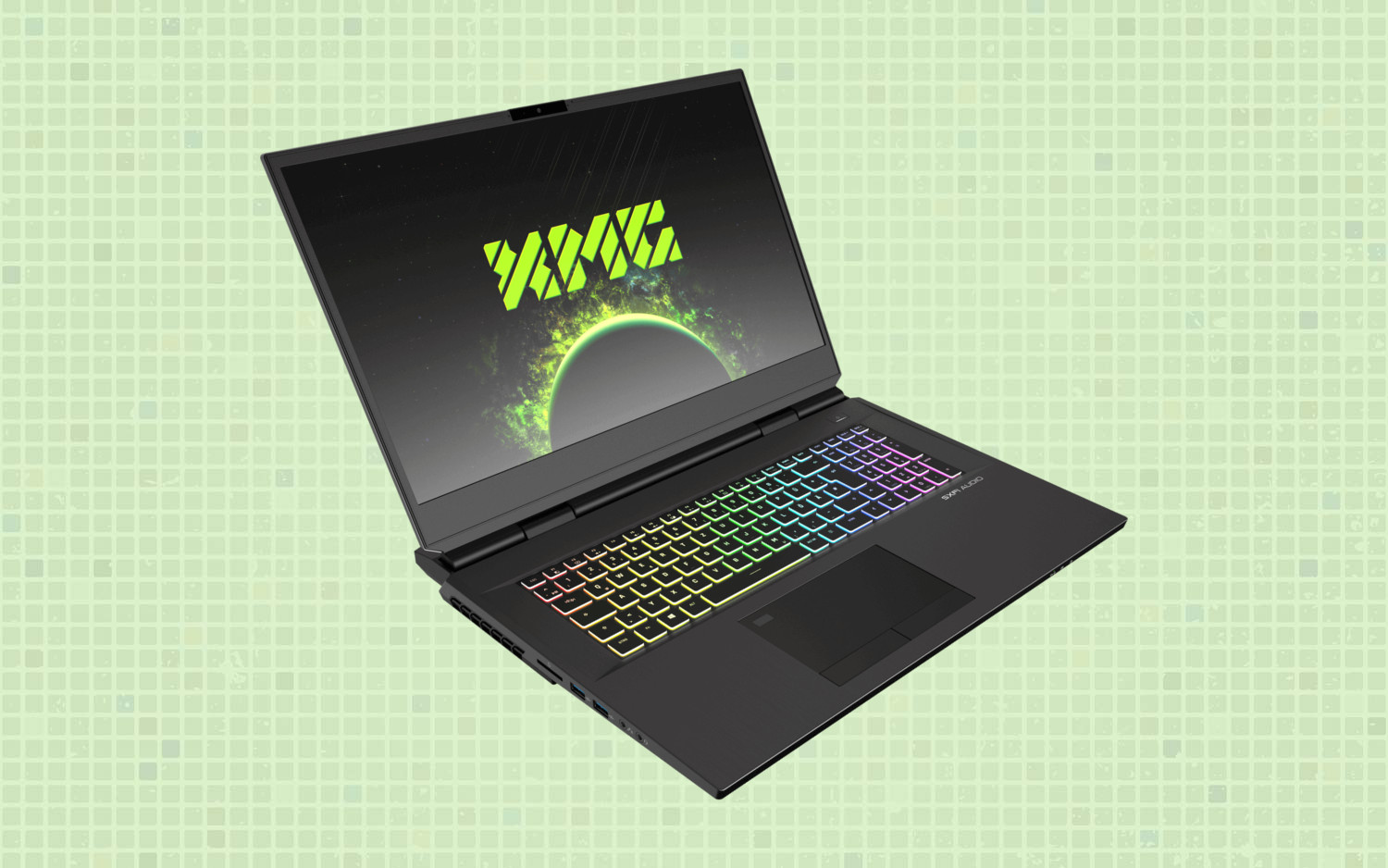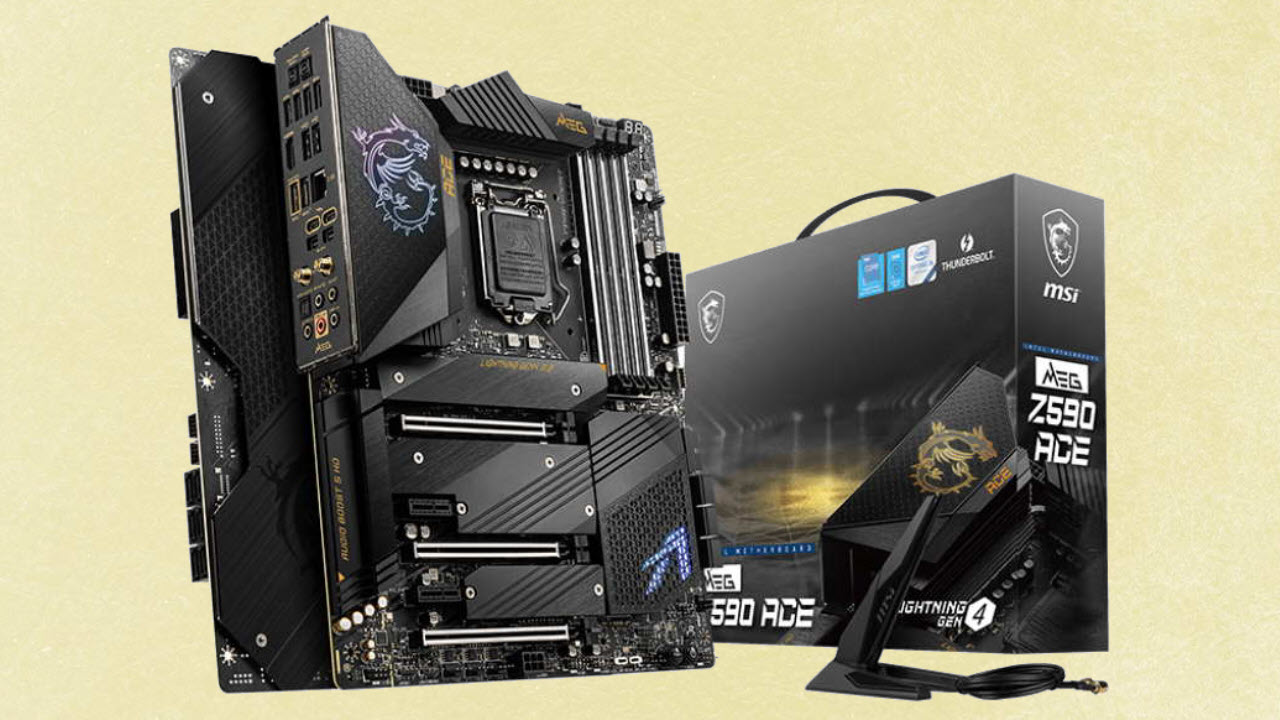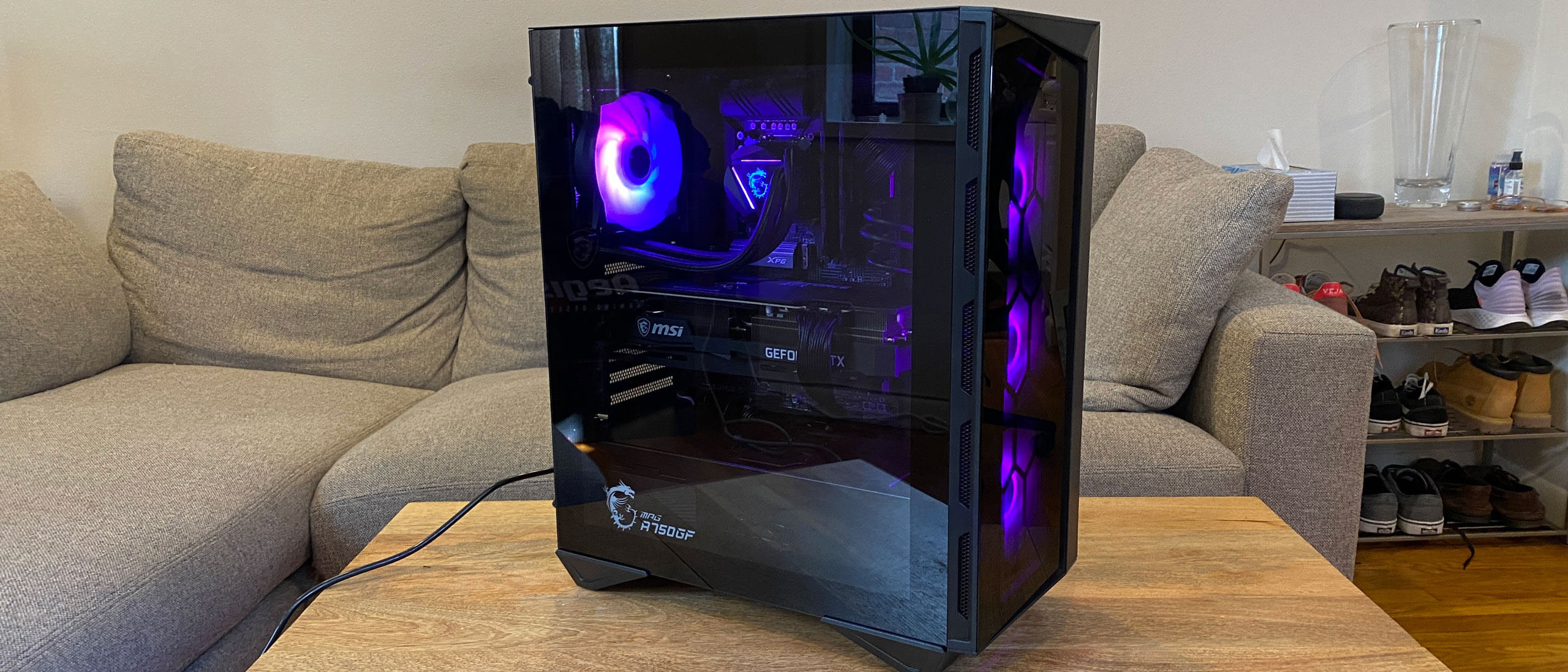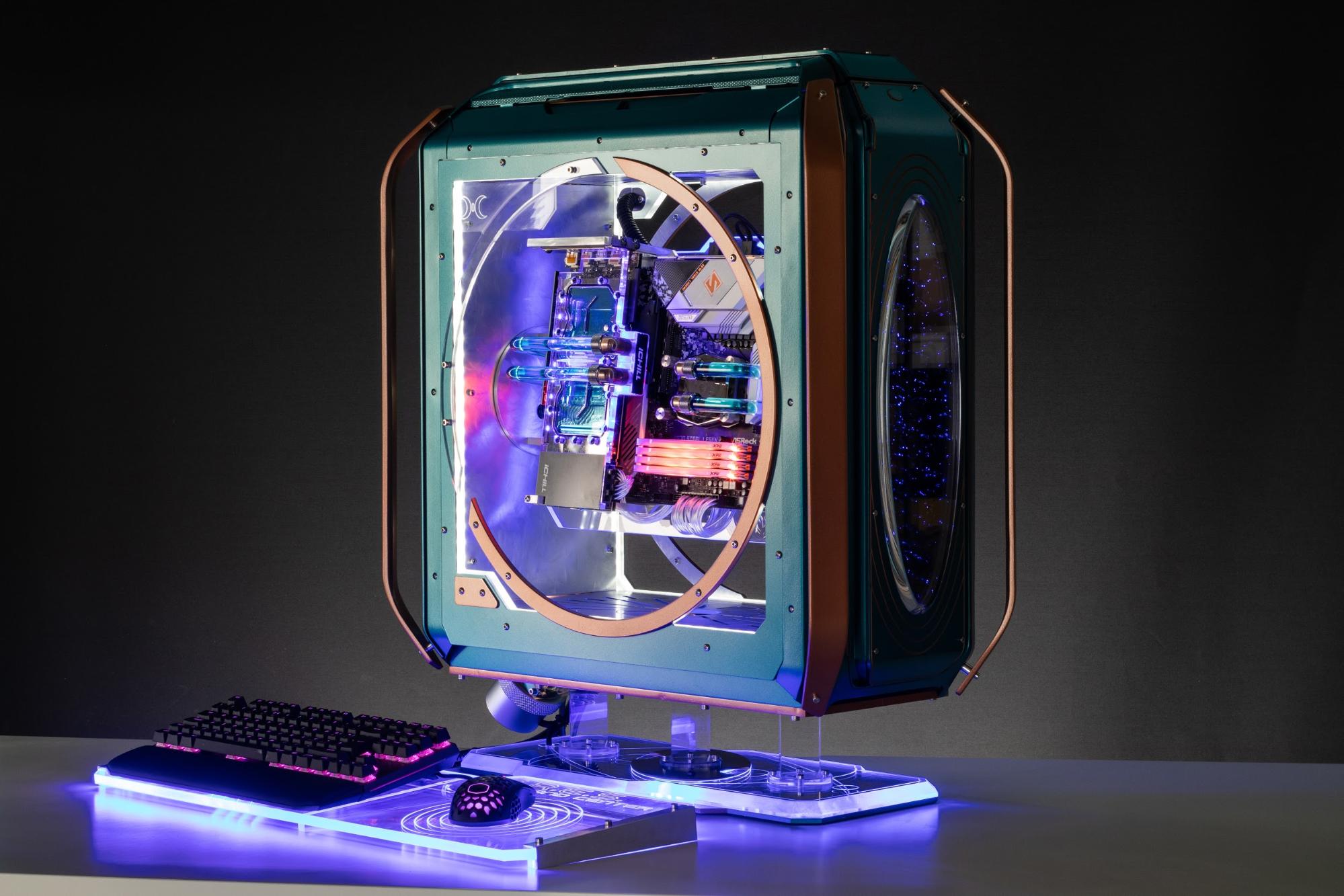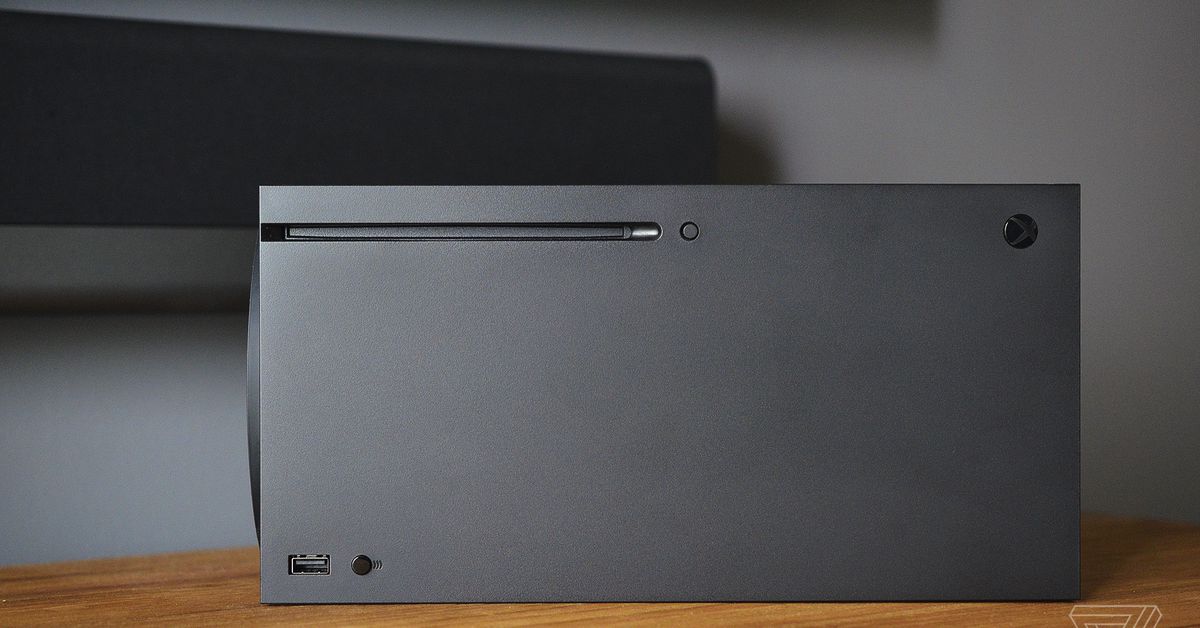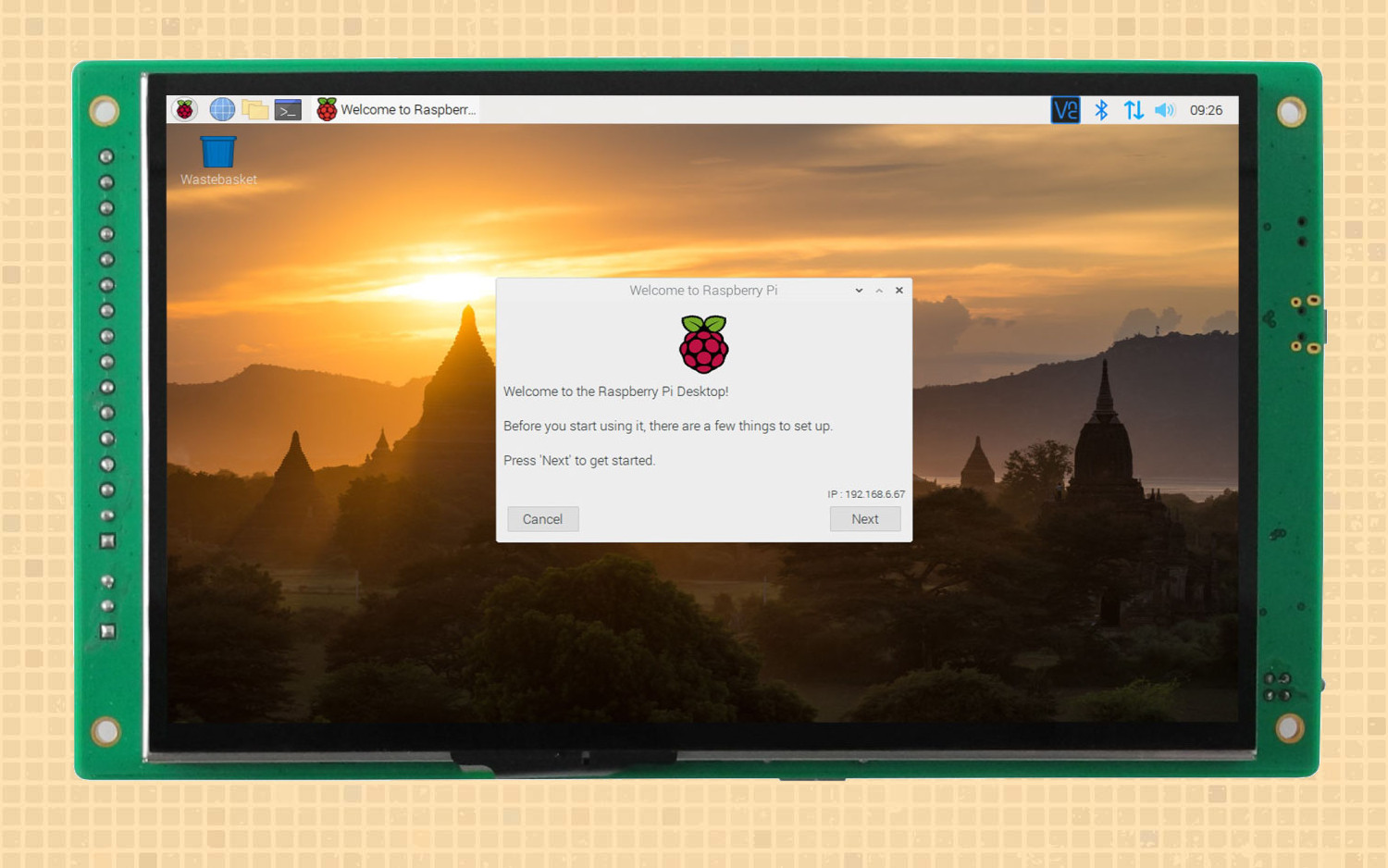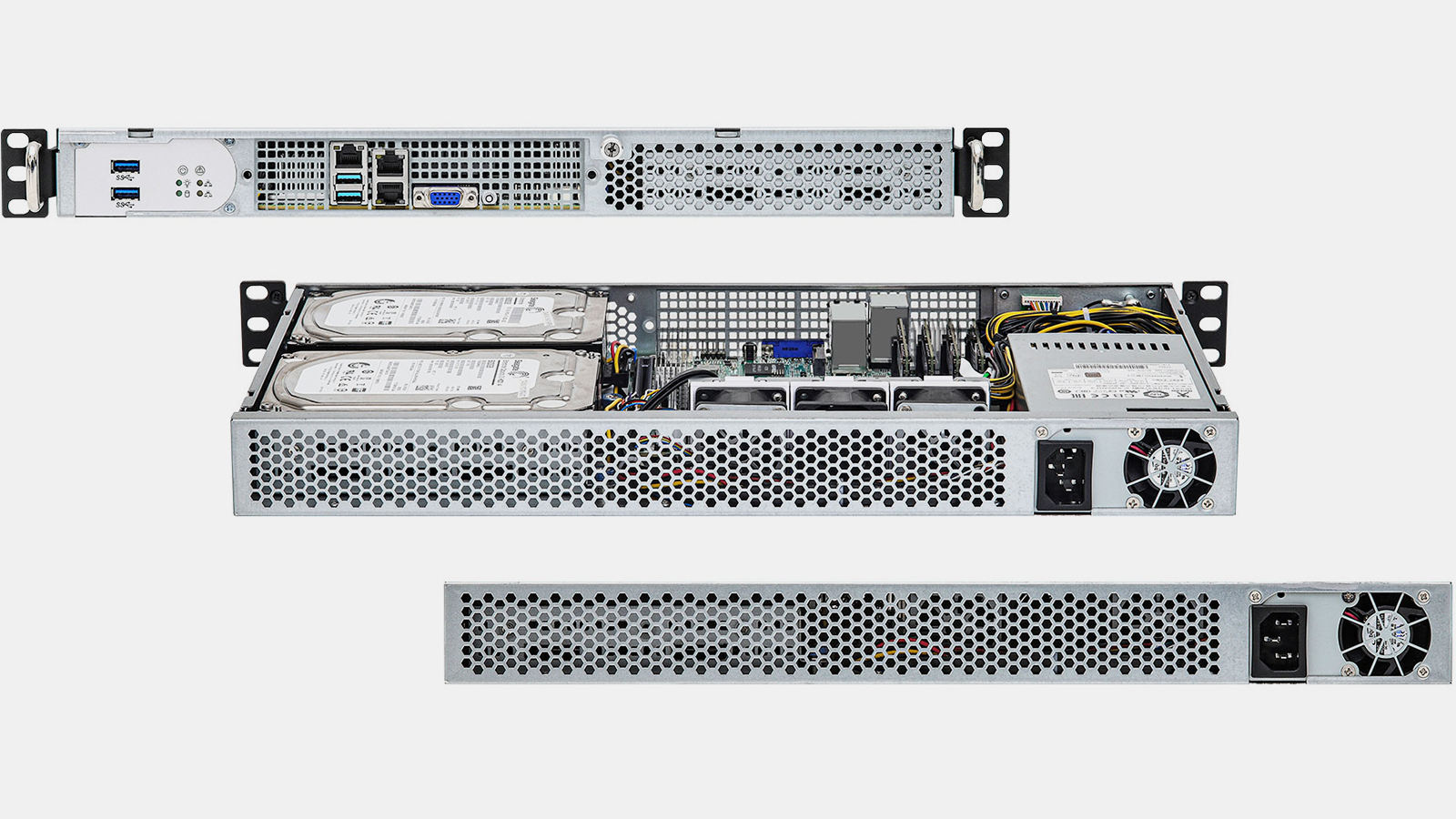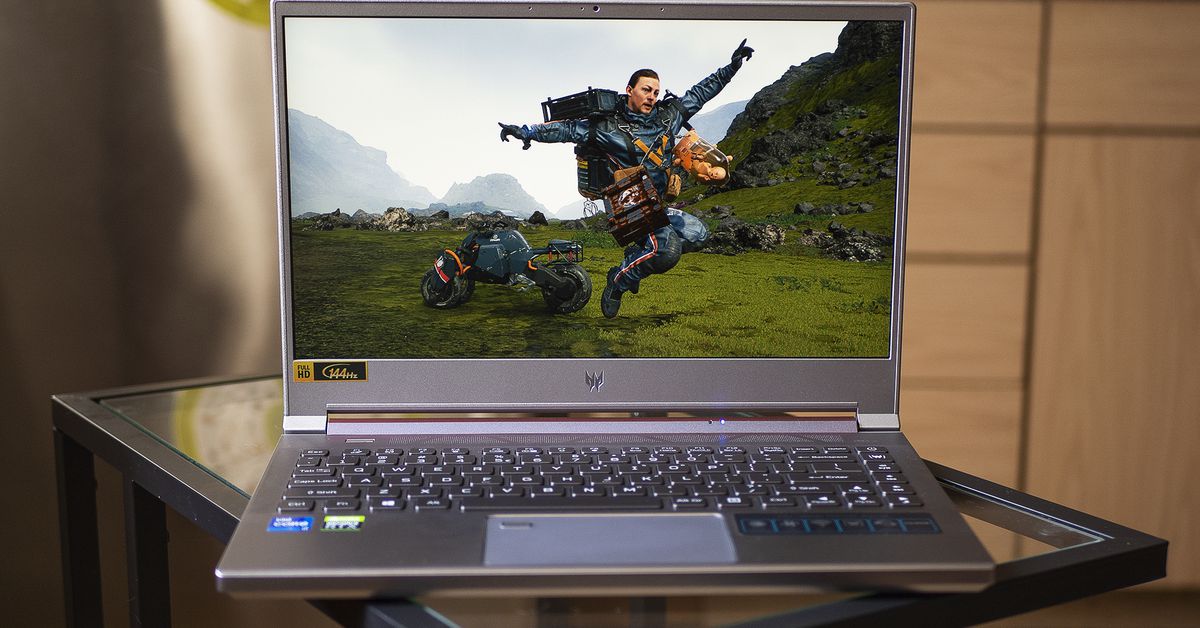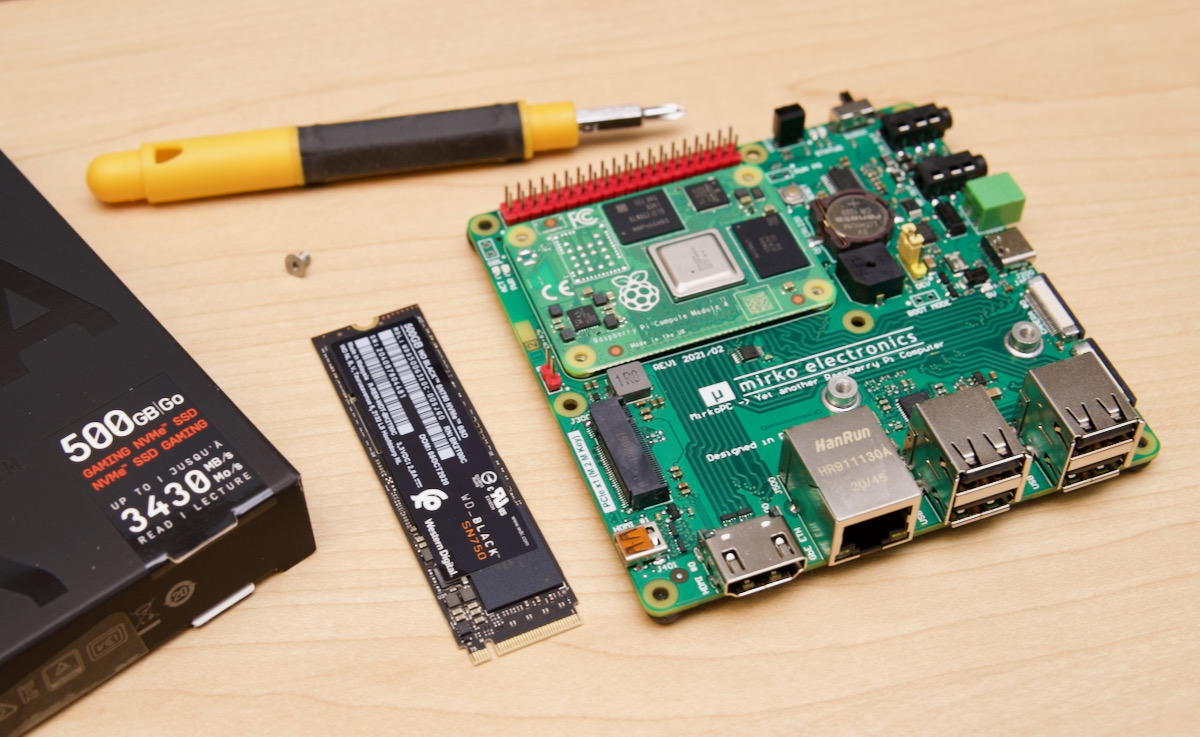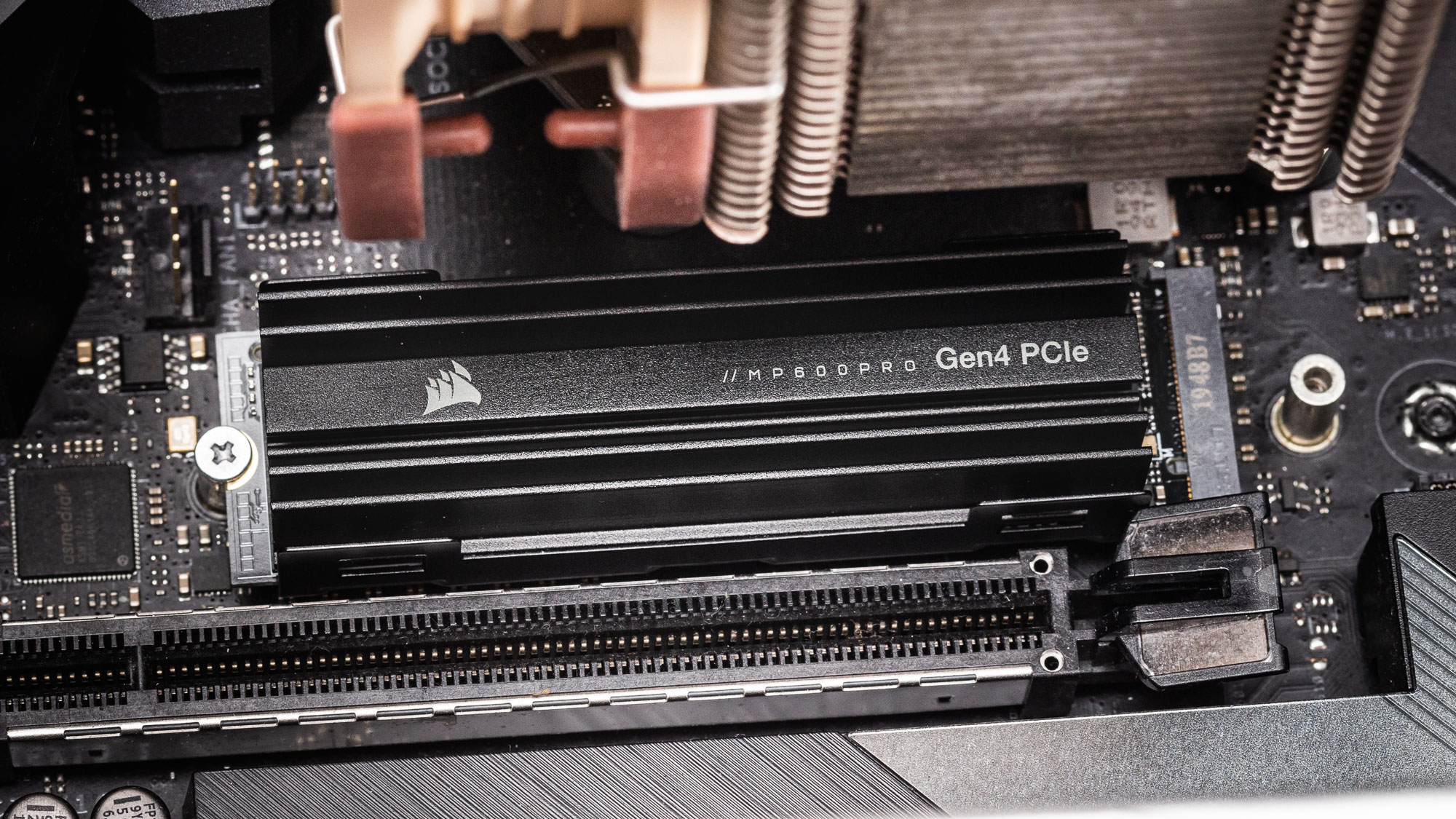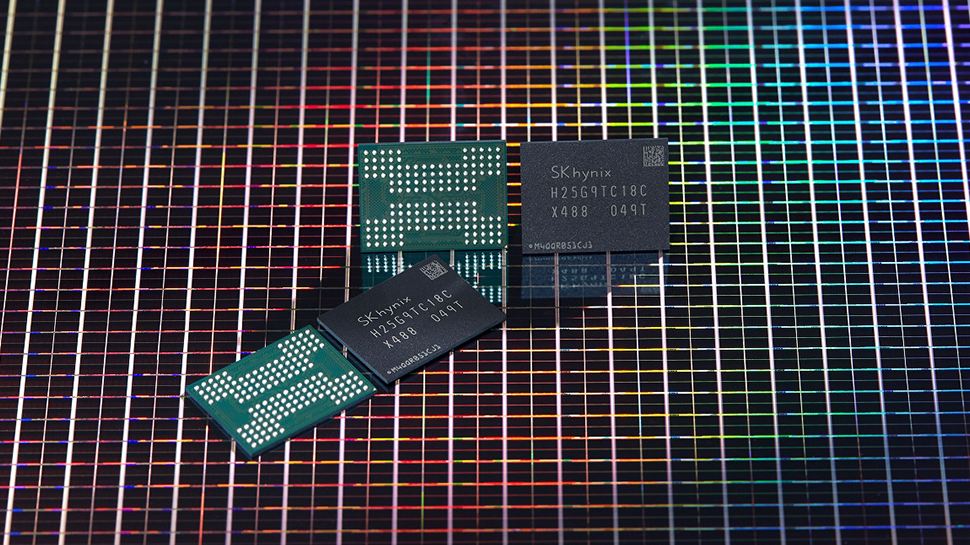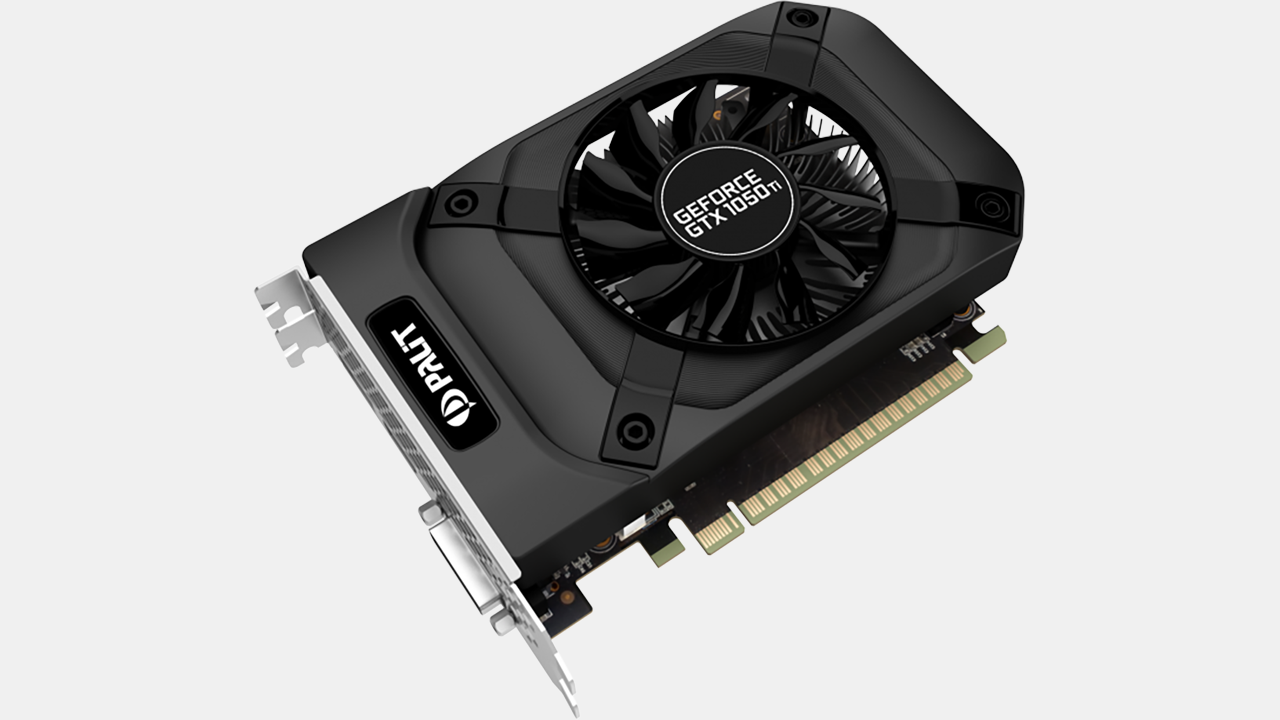(Pocket-lint) – The LG Gram 16 is never going to make sense to some people. For many, a large-screen laptop has to be a super-powered desktop-replacer. And if it’s not, why does it exist?
LG’s Gram series has quietly challenged that view for the last few years. And the LG Gram 16 should make this concept less of a leap for those still struggling.
The pitch: the LG Gram 16 costs around a grand less than the MacBook Pro 16, but still has a big screen, a colour-rich display and long battery life. Oh, and it weighs 800g less and has a better keyboard, for some tastes at least.
Suddenly LG’s weirdo huge-but-light Gram laptops don’t sound so strange. Indeed, this 16-inch version is quite the stunning proposition.
Design
- Dimensions: 313.4 x 215.2 x 16.8mm / Weight: 1.19kg
- Magnesium alloy casing
Interested now? Let’s start by slapping the LG Gram 16 down to earth with one of the big issues you need to accept.
While the LG Gram 16 is a nicely made laptop, it doesn’t feel like a four-figures slab of the future when you pick it up. Carry it around like a notepad, give it a light squeeze between thumb and finger, and the base and lid panels will flex a bit.
LG has not made the Gram 16 on a shoestring budget. But large, low-weight body panels come with compromises. And you feel them each time you pick the laptop up like this.
The LG Gram 16’s casing is magnesium alloy, which is the best material for the job. It’s lighter than aluminium for the same level of strength, and a lot nicer than plastic. Just don’t expect the dense unibody feel plenty of 13-inch laptops at this price level.
The issue is all about feel, not utility. The LG Gram 16’s touchpad doesn’t stop clicking because you lift it by one corner of the base. You can’t stop the internal fans spinning by pressing down on part of the keyboard surround. And, yes, we’ve seen these issues in laptops smaller and heavier than the LG Gram 16.
Its keyboard panel, the most important of the lot, is pretty rigid – if not immaculately so. A little outer panel flex is only a big issue if you think it is.
Despite being a new entry in this series, the LG Gram 16 nicks its style from its siblings. This is a very plain, serious-looking laptop that isn’t out to dazzle eyes or fingers with flashy finishes. All panels are matte black with a very light texture similar to a soft-touch finish.
There’s a kind of confidence to a lifestyle laptop this plain, one that weaves a style out of sharp-cornered keyboard keys and a semi-distinctive font. If anything, LG could actually go plainer on this key typeface, which looks a little close to that of a gaming laptop.
But the aim is pretty clear: the LG Gram 16 is a laptop that can fit in just about anywhere. You can take is anywhere too, as the 1.19kg weight is lower than that of the average 13-inch portable.
The footprint isn’t tiny, of course, but it couldn’t get all that much smaller considering the 16-inch display has fairly small borders on all four sides.
Display
- 16.0-inch LCD panel, 2560 x 1600 resolution
- 99.1% DCI P3 colour coverage (as tested)
- Glossy plastic finish
The LG Gram 16’s screen also helps keep the shape sensible, as this is a 16:10 aspect display, one taller than the standard widescreen style. This maxes out the perception of space when you use apps, rather than video. There’s no issue with the quality of the panel either.
Colour depth is truly excellent, matching what you get in a top MacBook Pro. Brightness is strong enough for outdoors use, which is pretty impressive considering the sheer square inch count the LG Gram 16 has to light up.
Contrast is not the best around, but is still good for an LCD-based screen. And resolution is, well, the one LG should have chosen. It’s at 2560 x 1600 pixels, sitting above Full HD, but a way below 4K.
The MacBook Pro 16 has a sharper screen still, at 3072 x 1920 pixels. But the LG Gram 16 still adds the crucial pixel density it needs to avoid the obvious pixellation that can happen in a larger display like this.
If you use a 13-inch laptop at the moment that supersize boost is the first thing you’ll notice. The LG Gram 16 makes it seem so much more like you’re using a monitor that happens to be hooked onto a laptop, rather than a laptop screen. That’s great for dull work apps, even for games.
However, the actual character of the screen doesn’t quite make the most of the top-quality panel underneath, because of another concession made for size: its plastic screen coating. Plastic is often used in matte finish laptops, to scatter reflections. But this is a glossy screen, telling us weight is the issue here. Glass is the usual choice, but glass isn’t that light.
The plastic film is also far less rigid than glass, causing reflections to distort at the corners a little. And if there’s meant to be a reflection-busting coating here, it’s not a very good one. There’s also no touchscreen, and the hinge only folds back to around 130 degrees, to stop the thing tumbling off your knees through weight imbalance.
Like the flexy lid and bottom panels, the plastic surface is one you’ll have to suck up for the sake of low weight. But does the LG Gram 16 have a high quality screen with plenty of space that you can use outdoors? Absolutely.
Keyboard & Touchpad
- Textured glass touchpad
- Two-level backlight
- 1.65mm key travel
The LG Gram 16’s keyboard fills out the appeal of this laptop for us. We type all day, every day, more or less. Keyboard quality matters, and this is a keyboard made for that sort of work.
Key travel is excellent, and not just if you limit your comparisons to ultra-light laptops. The keyboard plate feels rigid, even if – sure – you can get it to flex slightly under significant finger pressure. And springy resistance offers good feedback with each depress.
We also like that LG has thinned-down the NUM pad, which lets the main set of keys sit more towards the centre of the laptop. Being shunted too far to the left rarely feels good. Here there’s just a mild lurch leftwards. Think universal healthcare, not a state-led redistribution of all wealth.
The LG Gram 16 also has a two-level backlight and a fingerprint scanner hidden in the power button, just above the NUM pad.
Plenty of space in the keyboard plate leaves plenty of room for a giant touchpad. This thing is huge – and you probably can’t appreciate it from photos alone, where it seems in proportion with the rest.
The LG Gram 16’s touchpad has a smooth glass surface, zero floaty wobble, and an easy-to-depress yet well-defined clicker. It’s on the loud side, but that’s it for negative points to note.
A larger laptop opens the doors to a different approach to the keyboard. But apparently it doesn’t allow for a better webcam. The LG Gram 16 has the same sort of stogy 720p video call camera we see in most other high-end laptops.
Its speakers aren’t even close to those of the MacBook Pro 16 either. LG uses familiar-sounding drivers with just the tiniest hint of low-frequency output and only moderate max volume. Their tone is pleasant, we could watch a movie using them happily enough, but it would be good to see LG improve this area in future generations.
The main grilles for the treble drivers also sit on the underside, giving them just a couple of millimetres of clearance provided by the tiny rubber feet. Put the LG Gram 16 on a thick carpet or your bed and the treble is attenuated, although it does seem impossible to block the sound fully, which is good.
Performance
- Intel i7-1165G7 processor
- 16GB LPDDR4X RAM
- 1TB NVMe SSD
The LG Gram 16 is an Intel Evo laptop. This is a new standard introduced by Intel to make laptops with its processors seem more attractive than those with AMD or Apple CPUs. It’s marketing, but not useless marketing, as it means you know you get standards like Thunderbolt 4, an 11th Gen processor, and at least nine hours of battery life (if the screen is a 1080p one).
Our Gram 16 has Intel’s Core i7-1165G7 CPU, 16GB RAM, and 1TB of very fast SK Hynix SSD storage.
Some CPU overclockers who design their own water cooling systems will disagree, but we think this is enough to make the LG Gram 16 a viable desktop replacement for the vast majority of people.
Windows 10 feels great, there’s more than enough power to run apps like Photoshop well. So why would you buy a MacBook Pro 16 with a more power consuming 9th Gen CPU? Or a much heavier Windows laptop with an Intel Core i7-10750H?
The top-end Mac has around 60 per cent additional CPU power, in part because it has an “i9” equivalent processor. A Core i7 alternative made for the more traditional desktop-replacing laptop offers around 20 per cent more power, and these processors are designed to hold max power for longer. Because chunky laptops tend to have fans that can shift more air.
But if you’re not sure if the LG Gram 16 has enough power or not, and you don’t use apps that make your current laptop slow down during exports, imports – whatever procedures they do – then it probably does have enough to satisfy.
The LG Gram 16 also gets Intel’s Xe graphics, which is a fantastic addition for a laptop like this. It turns slim laptops from poor gaming machines to at least acceptable ones. GTA V? No problem. The Witcher 3? Sure, even at 1080p if you play with the settings a bit. Alien Isolation runs well at just below Full HD resolution with a mix of Medium and High settings.
Absolutely loads of stuff is playable with Intel Xe graphics, because it gets to the level of separate entry-level gaming hardware from the last generation. And that’s not too shabby: it’s gaming skills you seem to get ‘for free’. If you buy an LG Gram 16 and find games don’t run as well as you hoped, make sure to try them at different resolutions. Intel Xe graphics chips may have a bit of punch to them, but 2560 x 2600 pixels is a bit much to ask in most console-grade titles.
There’s more good news. The LG Gram 16 is almost silent under all workloads, even if you max out the CPU for half an hour. There is a fan, but it’s barely audible if you play something through the speakers even at 30 per cent volume. This is probably the quietest laptop we’ve reviewed with one of these 11th Gen Core i7 processors. It’s another benefit of all that extra room inside: better airflow.
Battery Life
- 80Wh battery – up to 22 hour battery life (claimed)
- 65W charger
LG doesn’t sacrifice battery life for low weight either. More brownie points for LG’s engineers. The Gram 16 has an 80Wh battery, far larger than the 56Wh standard battery of the Dell XPS 15, if smaller than the more power-hungry (and powerful) 100Wh MacBook Pro 16.
Match that sort of capacity with a processor already fairly light on the battery drain and you are guaranteed good results. The LG Gram 16 lasts roughly 14 hours 30 minutes when streaming video at moderate screen brightness.
LG claims 22 hours, but this is one of those cheeky claims that involves using a benchmark from 2014 – and letting it sit in standby mode half the time.
Still, it’s excellent real-world stamina for light work, and way above the nine hours the Intel Evo”sticker guarantees. That guarantee only applies to a lower screen resolution than you get here too.
Use it with the display maxed and the CPU pushed to its limits the whole time and the LG Gram 16 will last around three hours and 25 minutes. Which still isn’t bad – a gaming laptop wouldn’t give you a third of that.
Want to know about the LG Gram 16’s connections? There are two Thunderbolt USB-C ports, and one is taken up by the charger while plugged-in. You get two classic USB ports, a microSD slot, a full-size HDMI, and a headphone jack too. So it doesn’t demand you keep a USB adapter handy, and you can plug it right into your TV or a monitor. Bliss.
Best laptop 2021: Top general and premium notebooks for working from home and more
By Dan Grabham
·
Verdict
It’s a wonder the LG Gram concept hasn’t been nicked more times already. The LG Gram 16 is a large-screen laptop that’s genuinely light enough to carry with you everywhere, every day.
There are barely any substantive compromises involved. The LG Gram 16 is as powerful as smaller laptops that weigh more, it lasts as long off a charge as some of the best Intel-powered laptops, and the keyboard is no lightweight either.
You don’t get the ultra-dense metallic feel of some of the smaller-screened alternatives at a similar price. And, sure, the Gram 16 uses a low voltage processor designed to minimise heat and save battery life, not for blistering power. However, it has enough of it to work perfectly as a desktop-replacer for most people.
Sure, a 13-inch laptop is better for some. A more powerful, thicker one will be better for others. But the LG Gram 16 takes some elements from both and, through clever design, makes it work far better than you’d imagine. For the right user it’s a stunning proposition.
Also consider
LG Gram 17
squirrel_widget_176886
Want something even bigger? LG has made a 17-inch Gram for a few years now. All the appeals are the same: low weight, good screen, good keyboard. Battery life is slightly shorter as it has a bigger screen and the same battery capacity. But the choice is all about the screen size you’d prefer. We think 16-inch is a more accommodating size for the masses.
- Read our review
MacBook Pro 16
squirrel_widget_4315074
The 16-inch MacBook Pro isn’t really in the same category if you look right up close. It has a more powerful processor and weighs about 800g extra. Oh, and it costs a grand more. Ouch. However, the MacBook seems a more expensive laptop as it has that amazing Apple build, which feels like perfection. The glossy glass screen finish looks better too, making the most of its similarly brilliant colour depth.
- Read our review
Writing by Andrew Williams.
